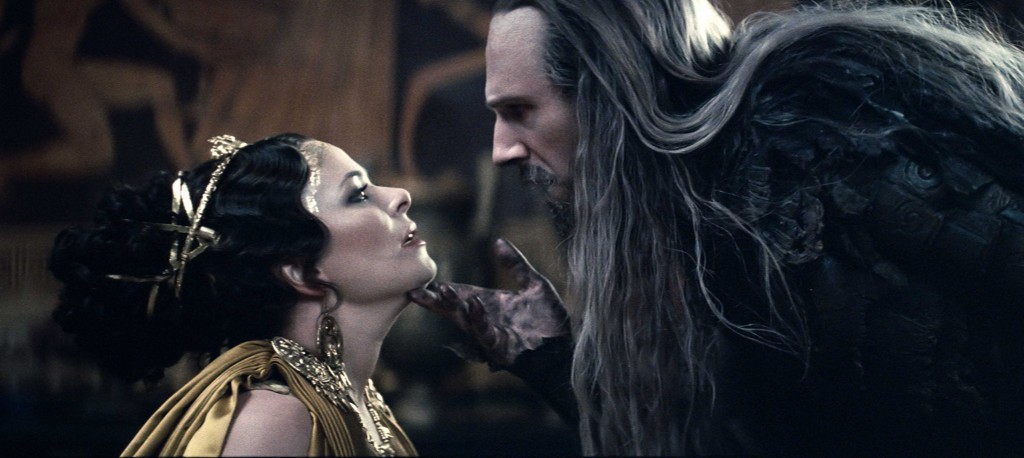
By Joshua Knopp/reporter
Well that sucked.
The logic behind the making of Clash of the Titans is some of the most feeble-minded in a long, long time.
This movie was spawned from logic nuggets such as “Since everyone’s remaking good movies, let’s be original and remake something that nobody liked” and “A ‘3-D’ movie doesn’t need to be all 3-D, does it?” and, of course, the all-consuming “We have lots of CGI monsters. The plot doesn’t have to make any sense!”
This plot seems to follow the 1981 train wreck fairly loosely. It has the same skeleton — Perseus, a son of Zeus, and his mother are abandoned by a betrayed king. After he is grown, he decides to join humanity in its developing fight with the gods — but this film introduces new characters to the equation, such as Hades and Io.
The entirety of this film stinks of a Hollywood lack of care. It is 118 minutes, and about 90 of those minutes are consumed in three CGI fight sequences. The plot comprises nothing more than tatters of very poor dialogue intended to connect these sequences. The impression is given that the makers just wanted to put Sam Worthington in a green coliseum and play around for two hours.
The carelessness is supported by the script. Apparently, a tendency in bad films is to touch on complicated social issues and then ignore them for the rest of the movie. The issues of man equating himself to God and of one life being put as equal to many others are both set up for deep exploration and then dropped as soon as they are established. This emits a clear signal that the writers were afraid of making the audience think too hard, another flaw typical of big-budget action movies.
The most telling sign, however, is the last-minute decision to convert to 3-D. Around 90 percent of the movie is in 2-D, but because of the bloated success of Avatar around the time they were finishing up filming, the makers shot a handful of remaining shots in 3-D and called it good. This particular touch of idiocy is a reflection of the disrespect the producers seem to have for the intelligence of the audience. Did they really think we wouldn’t notice?
The icing on the cake is the horribly inaccurate portrayal of the Greek gods. How long will it be before filmmakers actually pay attention to the mythologies they claim to be basing their films on? The gods, who feel much more like villains from Power Rangers, are just a jumble of names from Greek myth with no real coherence to the mythos. The Greeks had a rich mythology full of multi-dimensional characters that hold a great influence in literature and language today. People would do well to educate themselves in this mythology.
The main bother about films that rearrange the pantheon is this: If the writers can make up so much, why can’t they make up different names?




























